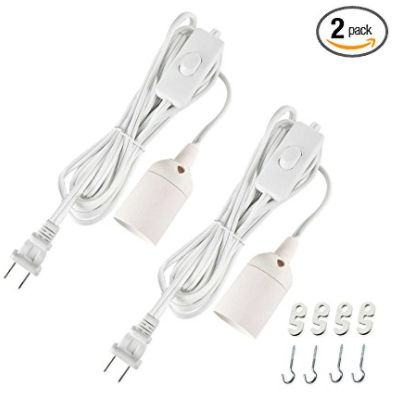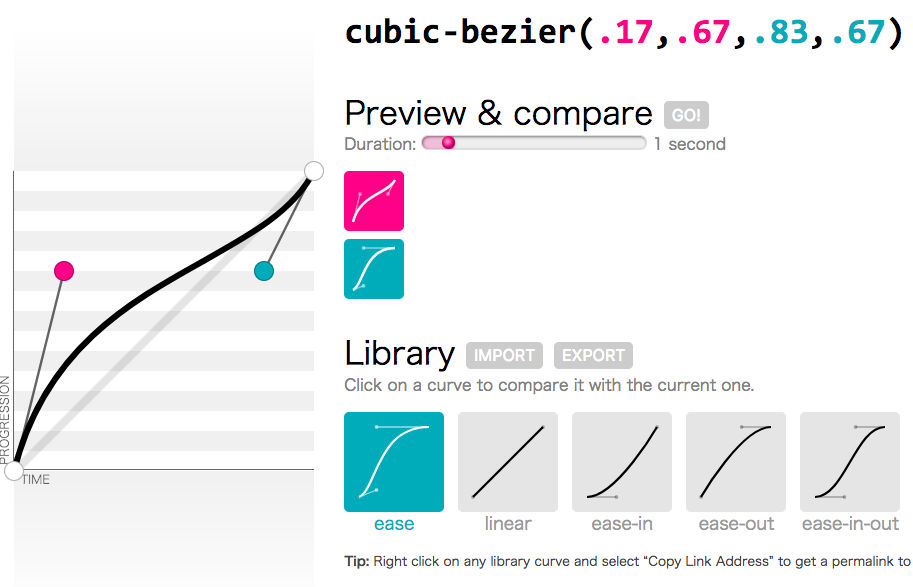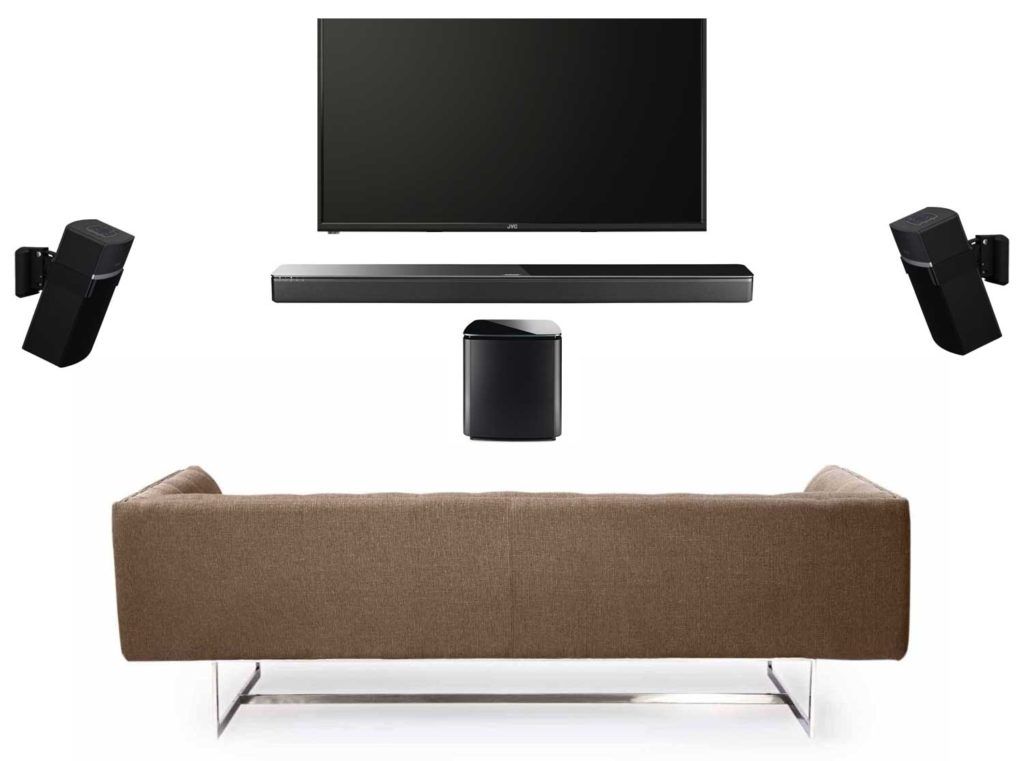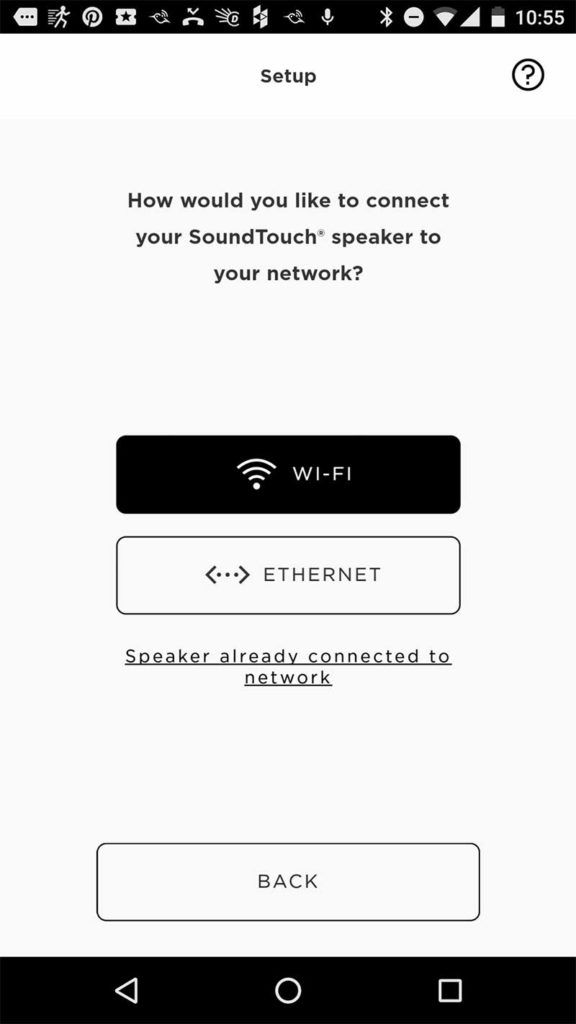When deciding on lighting for a particular room, it helps to see how light from different types of light bulbs placed at different locations will look, e.g. do you want a bunch of spot lights or a few flood lights? Below is a simple setup showing how you can attach lights to your ceiling for testing purposes.
Buy these long pendant lights. They’re available on Amazon for $13 for a pack of two.










